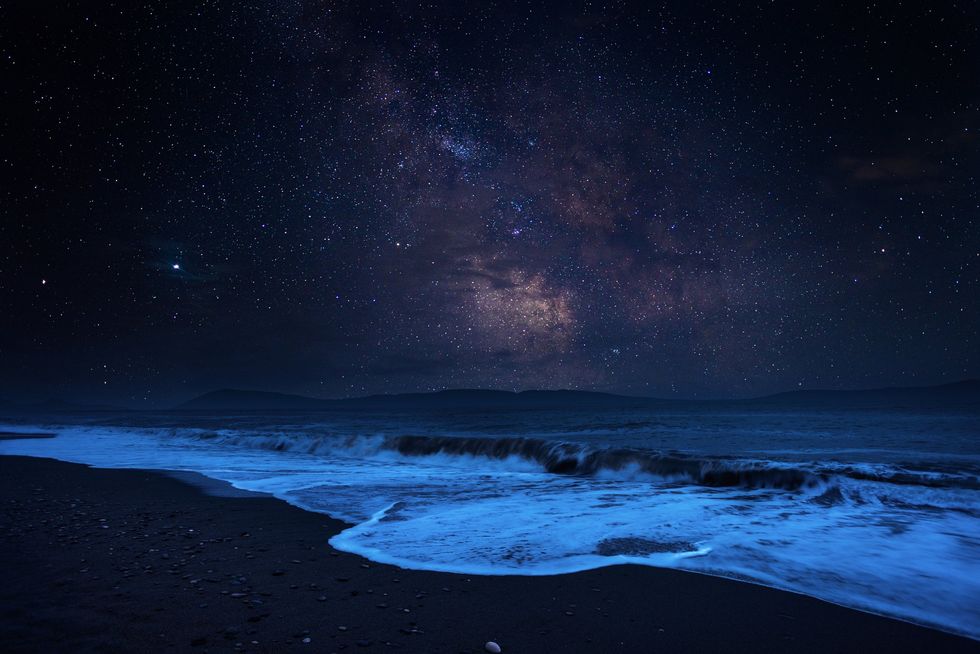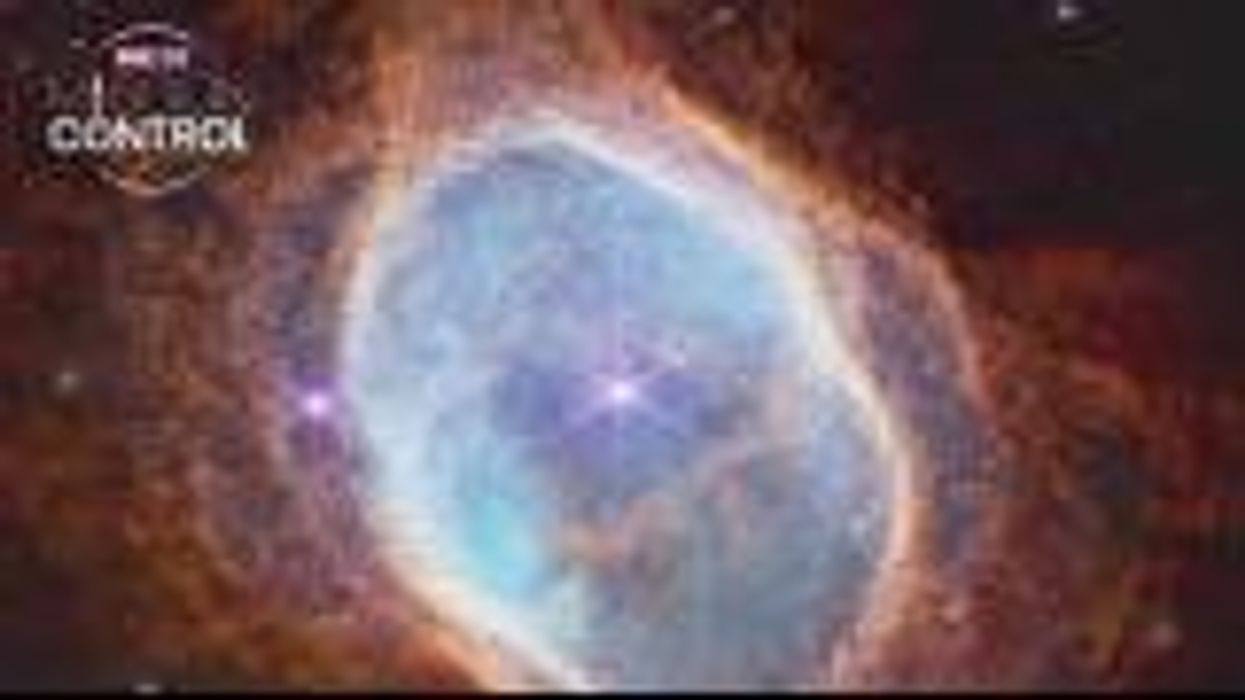Science & Tech
Harry Fletcher
Mar 14, 2023
NASA shares new images from the James Webb Space Telescope: The 'new …
content.jwplatform.com
Scientists have been looking into the origins of life on Earth, and there's more history to the water on our planet than we thought.
It turns out the water we drink every day could be really, really old. Older than the sun, in fact.
Astronomers looking into the state of the water in our solar system have found that there are links to the water in the "interstellar medium” in-between stars.
They studied a young star, named V883 Orionis, a total of 1,305 light-years away from Earth, and discovered that the water in that early solar system has the same chemical markers as water in our solar system despite being billions of years old.
Sign up to our new free Indy100 weekly newsletter
They're claiming as a result that the water in our solar system actually formed far earlier than our Sun, which is four billion years old.
Merel van ‘t Hoff at the University of Michigan co-wrote the new study which was published in Nature. They released a statement [via Mashable] saying: "This means that the water in our Solar System was formed long before the Sun, planets, and comets formed.”

"We already knew that there is plenty of water ice in the interstellar medium," van ‘t Hoff went on to say.
"Our results show that this water got directly incorporated into the Solar System during its formation. This is exciting as it suggests that other planetary systems should have received large amounts of water too."
The study focused on the “snow line”, which is the zone where water becomes ice around young, developing stars, using the incredibly powerful Atacama Large Millimeter/submillimeter Array (ALMA) in Chile.
These telescopes are used to observe light from clouds in deep space, and they’ve found that the ratio of hydrogen in the water out there is very similar to that in our solar system.
“Astronomers can use [this light] to study the chemical and physical conditions in molecular clouds — the dense regions of gas and dust where new stars are being born," the European Southern Observatory's ALMA website reads.
"Often these regions of the Universe are dark and obscured in visible light, but they shine brightly in the millimetre and submillimetre part of the spectrum."
Have your say in our news democracy. Click the upvote icon at the top of the page to help raise this article through the indy100 rankings.
Top 100
The Conversation (0)














